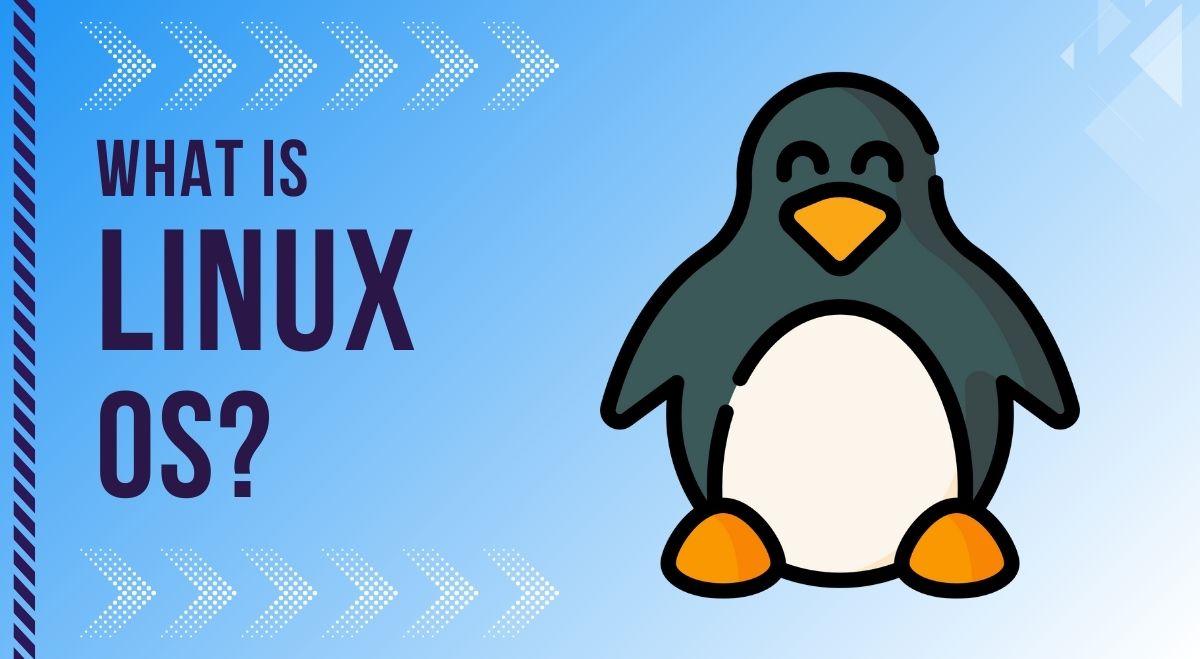After a relative period of rarefied obscurity, Linux is a versatile operating system that has come into its own in the years since its launch. Whether you are A developer, system administrator or just a curious computer user learning about Linux can be a powerful, eye-opening experience.
In this essay, we shall delve into what makes Linux unique, look at its components and distributions, and discuss why you might also want to start using it.
What is the Linux Operating System?
Linux is an operating system built on the Linux kernel. An operating system manages computer hardware and software resources and provides services for programs. It is under an open-source license, meaning its source code is freely available and can be studied, modified, and distributed.
Linux is an operating system initially launched in 1991 by Linus Torvalds, and it has developed into one of the most popular OS for servers, desktops, and embedded devices. Like Wikipedia, Linux is open-source, meaning the source code is freely published online for all to use, modify, and re-distribute. This has resulted in the rapid development of the code and a vast ecosystem of developers contributing to Linux and a bewildering array of distributions (or ‘distros’) tailored to different uses.
How is Linux Different from Other Operating Systems?
What’s so different about Linux than Windows or any other general-purpose desktop operating system such as macOS? Here are some of the differences:
- Open-source: Linux is open-source, and Windows and macOS are proprietary For further control and efficiency.
- Customisation: Linux allows you to configure almost any part of the operating system, from the desktop to low-level system parameters.
- Security: Linux runs more securely than Windows precisely because it’s open-source—not just because Microsoft messed up badly, as they did. It also comes with built-in security features such as user permissions and firewalls.
- Price: Linux distributions are generally free, while licenses are needed to buy Windows and macOS.
What are the Components of a Linux System?
A typical Linux system consists of several key components:
- Linux kernel: The heart of the operating system, scheduling the CPU’s time between individual processes, managing memory and devices.
- GNU tools: The collection of Unix-like utilities and user programs such as file managers, text editors, and compilers that are part of the GNU project, named after the Unix operating system and generally used in conjunction with Linux. GNU is the common name for the free software project begun in 1984 by Richard Stallman, and the mission of the Free Software Foundation is to promote the GNU operating system. A correct term would be ‘GNU/Linux,’ but that has not gained much popularity.
- Package managers: Linux provide simple command line tools for installing, upgrading, and removing software packages (apt, yum).
- Desktop environments: These are your system’s graphic user interfaces (GUIs); some that you might recognize are GNOME, KDE, and Xfce.
- Servers and daemons are background processes that handle system services such as websites, databases, file sharing, and so on.
What are Popular Linux Distributions?
With so many Linux distributions around, which one should you pick? Here are some of the most popular:
- Ubuntu: A well-polished distro that is user-friendly and easy to install and use, designed for novices to Linux. It has one of the most extensive software repositories and a thriving community.
- Fedora: Lean and Mean is another Red Hat distro designed for developers. It uses the latest open-source software.
- Debian: An official, rock-solid, well-tried distro that adheres to the free and open-source software principle and is a foundation for many other distros.
- Arch Linux is a highly lightweight DIY distro that forces you to tinker and customize every system element for advanced users only.
- Red Hat Enterprise Linux: Commercial; aimed at stability and support with a strong market presence among business users.
Why Use Linux?
There are many compelling reasons to use Linux, whether for work or personal computing:
- Stability and system performance: Linux is known for its solidity and hardware utilization.
- Security: Security is inherent in the open-source model and user permission structure, which makes Linux less susceptible to viruses and malware.
- Versatility: Linux can be used for everything from web browsing to servers to scientific simulations.
- Skill development: Learning Linux is important for many IT and software development jobs.
- Cost savings: Most Linux distros can be downloaded for free, and free open-source alternatives to expensive proprietary software exist.
How Can You Contribute to Linux?
Linux is a community project whose success depends on the contributions of many individuals. This is true whether you’re a developer or not, you have a way in:
- Documentation: Help write or edit documentation for Linux programs and distros.
- Translation: Assist in translating Linux software or documentation into different languages.
- Testing: Download beta versions of distros or software and report any bugs.
- Advocacy: Spread the word about Linux and help others learn how to use it.
- Donations: Consider financially supporting Linux organizations or developers working on valuable projects.
Getting Started with Linux
Ready to dive in and start using Linux? Here are some beginner-friendly resources:
- DistroWatch: It shows the differences between the various Linux distributions and provides information about them—an excellent place to begin if you decide which one to try.
- Ubuntu Forums: A forum for users of the Ubuntu operating system to ask questions and share tutorials.
- The Linux Documentation Project: An extensive collection of Linux guides, how-tos, and manual pages.
- Linux Journey: An interactive, free site that teaches Linux basics in an engaging story format.
- An edx Introduction to Linux class that’s free and allows you to get hands-on experience.

